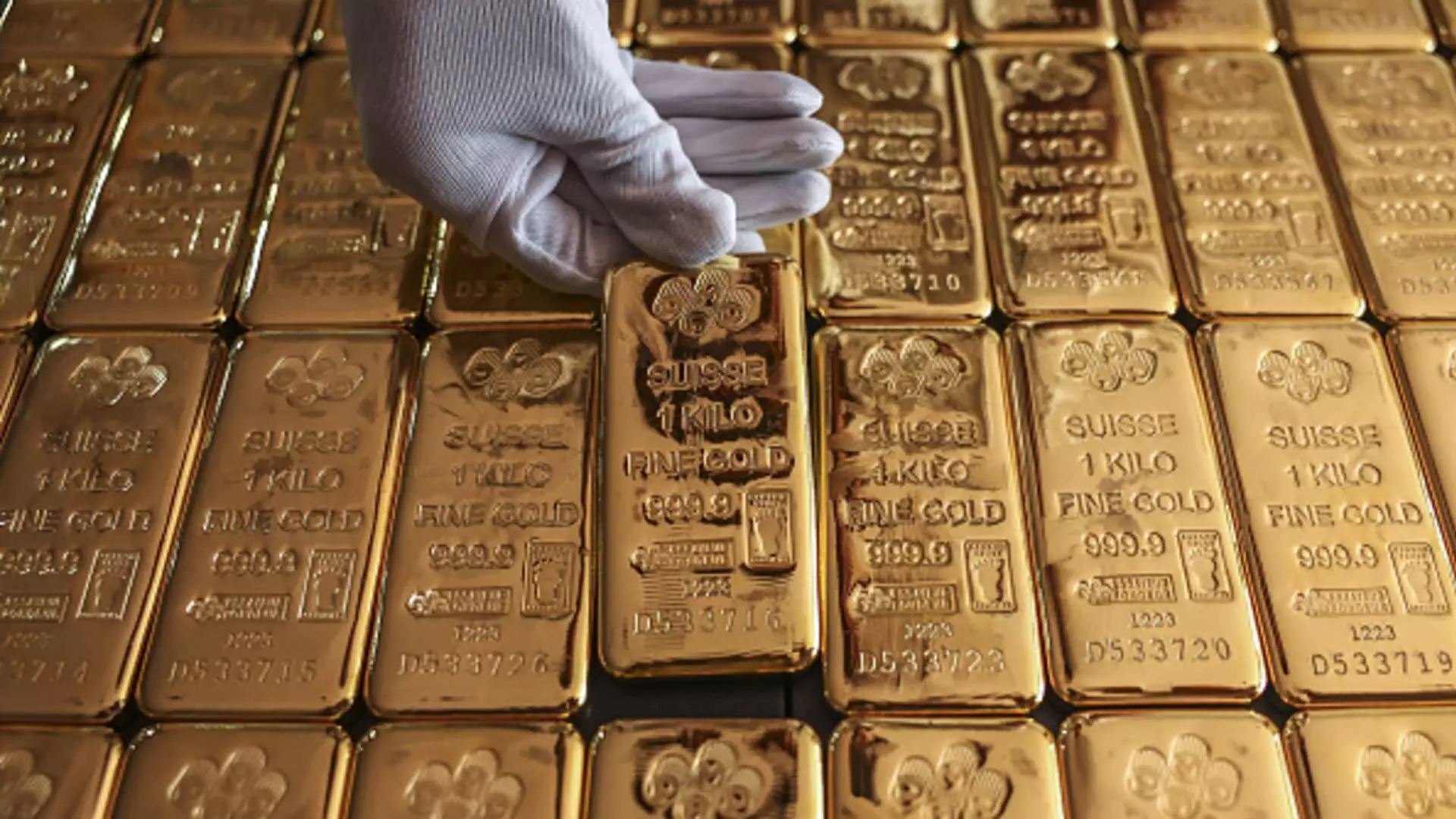The inception of the first gold-tracking exchange-traded fund (ETF), the SPDR Gold Shares ETF (GLD), marked a transformative moment in how investors approach commodity assets. Launched two decades ago, this innovative fund revolutionized gold investment, shifting focus from traditional jewelry purchase to a more sophisticated bullion and ETF-centric approach. Today, George Milling-Stanley, the chief gold strategist at State Street, underscores a persistent bullish sentiment about gold, reflecting not only on the historical performance of GLD but also on the evolving dynamics surrounding the commodity.
During a recent appearance on CNBC’s “ETF Edge,” Milling-Stanley pointed to significant factors propelling gold’s market strength. He highlighted the dual demand from individual investors in burgeoning markets such as India and China, alongside substantial purchases by central banks, fostering a robust environment for the precious metal. As we assess the current trajectory of gold, Milling-Stanley’s optimistic outlook for the remainder of this year and next emerges amid a backdrop of fluctuating market conditions following the recent elections.
Despite a general risk-on sentiment that has buoyed stocks and cryptocurrencies, gold prices have seen a corrective phase; however, this hasn’t undermined its overall performance. Milling-Stanley noted that after a temporary decline, gold is gradually regaining lost ground, reflecting resilience that is characteristic of this longstanding safe-haven asset.
ETFs like GLD have democratized access to gold investing, enabling a broader range of investors to incorporate this precious metal into their portfolios. Todd Sohn, an ETF strategist at Strategas, emphasizes that GLD has truly changed the landscape by simplifying the process of investing in gold. Investors are now empowered to diversify their portfolios without needing significant capital or expertise typically associated with owning physical gold.
Milling-Stanley referred to the monumental shift in investment patterns, categorizing the growing interest in gold from ETFs as a “huge change.” This need for diversification has compelled investors to rethink traditional asset allocation strategies, thereby enhancing gold’s appeal as a strategic asset, especially in uncertain financial climates.
The performance metrics speak volumes; since its inception, GLD has realized a staggering 451% increase, revealing gold’s enduring value in the investment world. As investor behaviors continue to evolve, the gold market seems well-positioned to intrigue new participants while retaining the interest of seasoned investors.
In an age of rapid market changes fueled by geopolitical tensions, fiscal policies, and economic uncertainties, gold remains a crucial anchor for many portfolios. Whether as a hedge against inflation or as a diversification tool, the long-standing appeal of gold, bolstered by innovative financial products like GLD, illustrates the commodity’s continued relevance and potential for future growth. Investing in gold ETFs may not only be a strategy for wealth preservation but also a prudent choice in navigating the complexities of today’s financial landscape.

